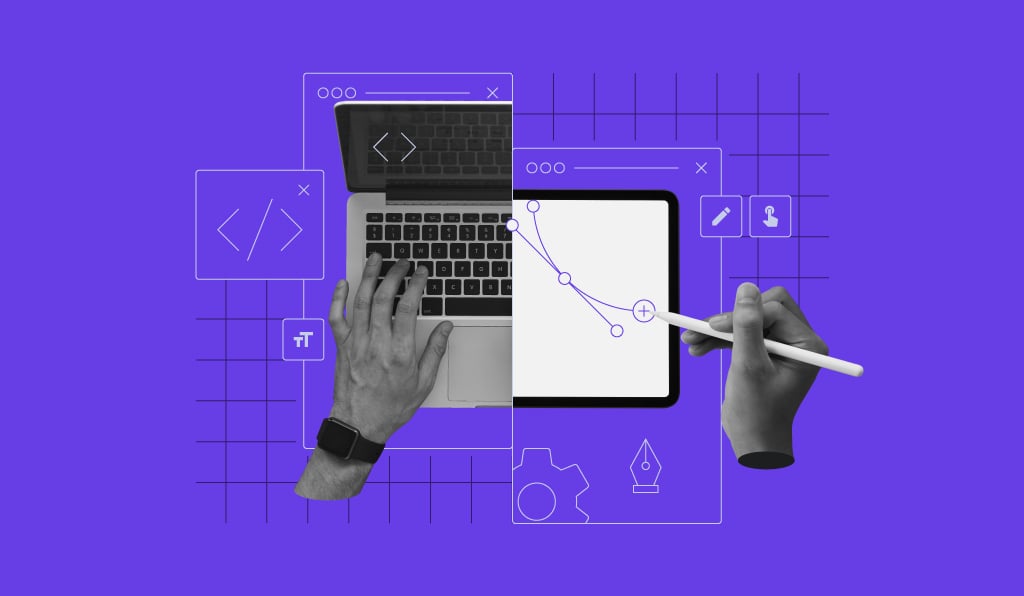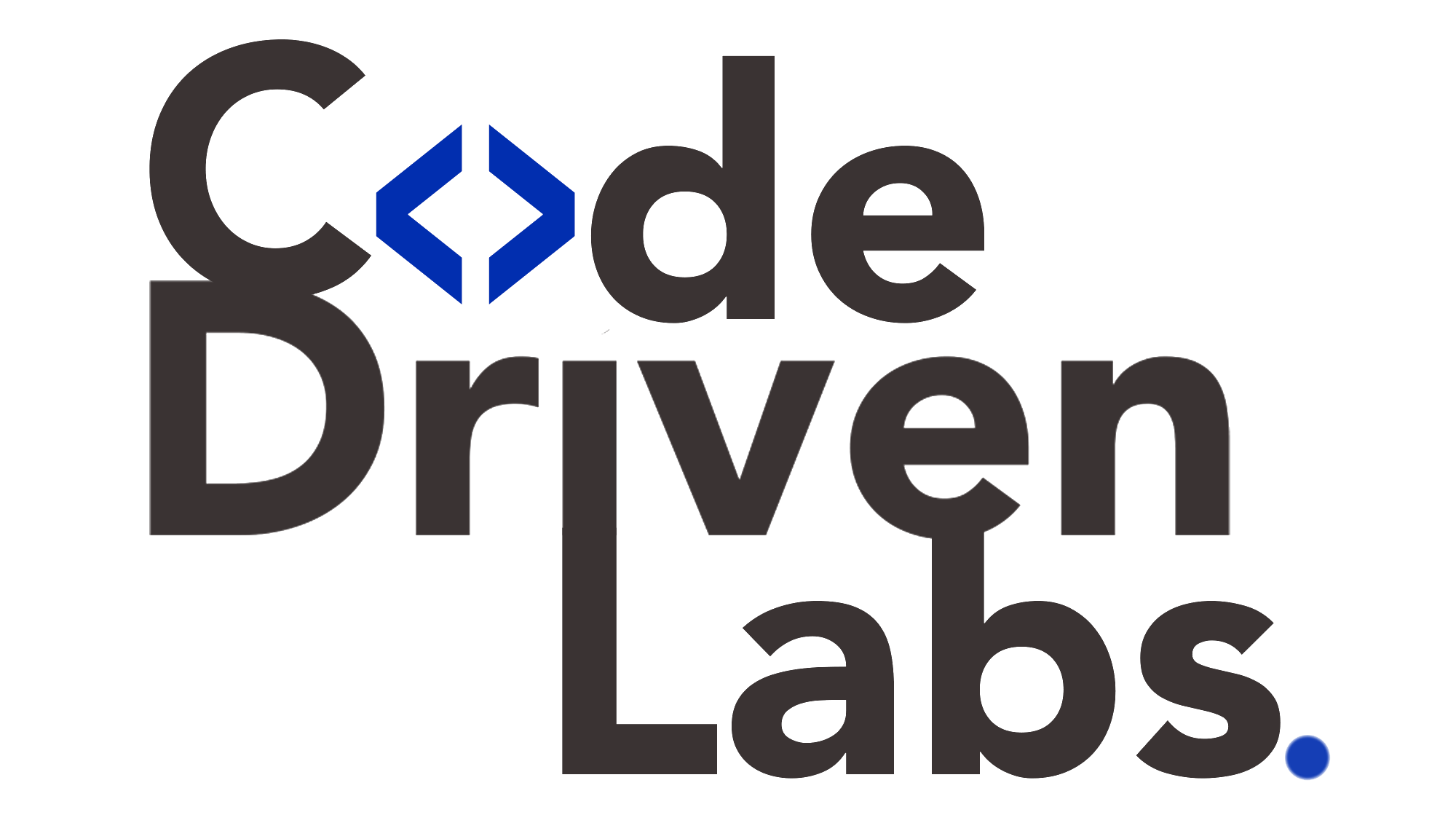Level up your business with US.
- Home
- AI in Web Security: How Intelligent Systems Protect Websites from Cyber Threats
AI in Web Security: How Intelligent Systems Protect Websites from Cyber Threats
September 7, 2025 - Blog
AI in Web Security: How Intelligent Systems Protect Websites from Cyber Threats
In the digital era, websites are more than just online storefronts or communication channels—they are mission-critical assets that businesses rely on to connect with customers, process transactions, and build trust. Yet, as technology evolves, so do the cyber threats targeting these platforms. From phishing and malware to distributed denial-of-service (DDoS) attacks and advanced persistent threats, the landscape of web security is growing increasingly complex.
Traditional security systems, while useful, often struggle to keep up with the speed, scale, and sophistication of modern attacks. This is where Artificial Intelligence (AI) in web security becomes a game-changer. AI-driven systems are now being deployed to detect anomalies, prevent intrusions, and adapt in real time to new types of cyberattacks. By bringing automation, intelligence, and adaptability to the forefront, AI is redefining how organizations safeguard their websites.
This article explores how AI strengthens web security, the future of intelligent systems in cybersecurity, and how code-driven labs help businesses test, validate, and implement secure AI-powered defense mechanisms.

The Growing Cyber Threat Landscape
Before understanding AI’s role, it’s important to recognize the evolving threat landscape websites face in 2025:
-
Ransomware: Hackers encrypt website data and demand payment to unlock it.
-
Phishing Attacks: Fake login portals trick users into providing credentials.
-
DDoS Attacks: Networks of compromised devices flood websites, rendering them inaccessible.
-
SQL Injection & Cross-Site Scripting (XSS): Attackers exploit vulnerabilities in website code to gain access.
-
Credential Stuffing: Automated bots test stolen username-password pairs to breach accounts.
-
Zero-Day Exploits: New, unpatched vulnerabilities are exploited before developers can respond.
The sophistication of these threats means businesses can no longer rely solely on manual monitoring or rule-based firewalls. They need adaptive, intelligent systems that can learn, detect, and respond to cyber threats in real time.
How AI Enhances Web Security
1. Threat Detection Through Machine Learning
AI models can analyze massive amounts of traffic data to identify patterns that indicate potential threats. Unlike traditional systems, they don’t rely solely on predefined rules but continuously learn from new attack vectors.
For example, if unusual login attempts are detected from multiple IP addresses in a short span, AI systems can automatically flag and block these activities as credential stuffing attacks.
2. Real-Time Anomaly Detection
AI algorithms excel at spotting unusual behaviors—such as a sudden surge in traffic or abnormal data access requests—that might indicate a DDoS or malware injection attempt. By acting in real time, AI reduces the response gap between detection and remediation.
3. Automated Incident Response
AI doesn’t just detect threats; it acts on them. Automated workflows allow systems to isolate suspicious sessions, disable compromised accounts, or reroute traffic to safe servers instantly.
4. Predictive Security
Using predictive analytics, AI forecasts potential attack points before they are exploited. By examining vulnerabilities, system configurations, and known attack trends, AI provides proactive defense.
5. Advanced Bot Detection
While bots power search engines and customer service, malicious bots scrape content, test credentials, and spread malware. AI distinguishes between legitimate and malicious bots with far greater accuracy than rule-based systems.
6. Adaptive Malware Defense
AI uses deep learning to recognize evolving malware signatures and behaviors. Even if attackers alter malware slightly, AI can identify suspicious characteristics and quarantine them.
7. Fraud and Phishing Prevention
AI-powered natural language processing (NLP) tools detect fraudulent login pages, phishing content, or unusual user messages, ensuring users are not deceived by sophisticated scams.
8. Continuous Learning and Evolution
Unlike static tools, AI improves continuously. Each new attack attempt provides data that refines models, creating an ever-improving defense system.
Benefits of AI-Powered Web Security
-
Faster Response Times: AI reduces detection-to-action times from hours to milliseconds.
-
Scalability: Capable of handling millions of data points simultaneously.
-
Cost Efficiency: Reduces reliance on manual security monitoring.
-
Reduced False Positives: Advanced models minimize unnecessary alerts.
-
Improved User Trust: Stronger security safeguards customer data and brand reputation.
Challenges in AI-Driven Web Security
Despite its promise, AI in web security is not without challenges:
-
Data Privacy Concerns: Sensitive user data must be processed responsibly.
-
Adversarial Attacks: Hackers attempt to deceive AI models with manipulated inputs.
-
Integration with Legacy Systems: Many businesses still rely on outdated security infrastructures.
-
Resource Requirements: AI models require significant processing power and continuous data feeds.
-
Human Oversight: AI cannot entirely replace expert cybersecurity professionals; it augments them.
This is where code-driven labs play a crucial role in helping organizations test, refine, and implement AI-powered security measures effectively.
How Code-Driven Labs Help Secure AI-Powered Websites
Code-driven labs are automated, scalable environments designed to test and validate software under real-world conditions. In the context of web security, they ensure that AI-powered defenses are reliable, efficient, and adaptable.
Here’s how they contribute:
1. End-to-End Security Testing
Code-driven labs integrate automated security tests into the development pipeline. Every new code release is scanned for vulnerabilities, ensuring no security gaps are introduced.
2. Simulation of Real-World Attacks
Labs replicate real cyberattack scenarios like DDoS, SQL injection, or credential stuffing. By testing AI defenses against these conditions, businesses can confirm the reliability of their security systems.
3. Validation of AI Models
AI models must be continuously validated for accuracy and resilience. Code-driven labs provide controlled environments to train, test, and retrain models, minimizing the risk of false negatives or adversarial exploits.
4. Compliance and Data Privacy Checks
With regulations like GDPR, HIPAA, and PCI-DSS, compliance is critical. Code-driven labs embed compliance checks into testing workflows, ensuring AI-powered websites meet legal and ethical standards.
5. Continuous Integration and Deployment (CI/CD)
Security is not a one-time activity. Labs integrate with CI/CD pipelines, ensuring each update—whether it’s new code or retrained AI models—passes rigorous security checks before deployment.
6. Cross-Environment Validation
Cybersecurity threats vary across devices, browsers, and geographies. Code-driven labs validate AI-powered defenses across multiple environments, ensuring no blind spots.
7. Performance and Scalability Testing
Labs measure how AI systems respond under high user loads or traffic spikes, ensuring security doesn’t degrade during peak demand.
8. Feedback Loops for Continuous Learning
AI thrives on feedback. Code-driven labs establish automated loops that feed new threat data back into AI systems, strengthening defenses with every iteration.
Business Advantages of Combining AI with Code-Driven Labs
-
Enhanced Security: AI-powered defenses tested under real-world scenarios are more robust.
-
Faster Deployments: Automated pipelines speed up the launch of secure features.
-
Lower Costs: Automation reduces manual security testing costs.
-
Risk Mitigation: Early detection of flaws prevents catastrophic breaches.
-
Customer Trust: A secure website directly translates to stronger user loyalty.
The Future of AI in Web Security
Looking ahead, AI will play an even more central role in securing websites. Some trends to watch:
-
Autonomous Cyber Defense: AI systems that detect, analyze, and neutralize threats without human intervention.
-
Federated Learning for Security: AI models trained collaboratively across organizations without sharing sensitive data.
-
Emotion and Behavior-Based Authentication: Using subtle biometric cues to validate identities.
-
Quantum-Resistant AI: As quantum computing emerges, AI will be key in developing defenses against quantum-enabled attacks.
-
Holistic Security Ecosystems: AI-powered systems will integrate across applications, networks, and endpoints to deliver unified, proactive protection.
Organizations that embrace AI in web security—supported by the rigorous testing and validation capabilities of code-driven labs—will be best positioned to thrive in a cyber-threat-filled future.
Conclusion
AI is transforming web security by offering real-time detection, predictive analytics, adaptive defense mechanisms, and automated responses that traditional tools cannot match. As cyberattacks become more sophisticated, AI-powered systems provide the intelligence and agility needed to stay ahead of malicious actors.
Yet, building these systems requires careful testing, validation, and continuous improvement. Code-driven labs provide the automated, scalable, and secure environment businesses need to ensure their AI defenses work reliably in real-world conditions. By combining the power of AI with the rigor of code-driven labs, organizations can safeguard their websites, protect user data, and maintain trust in an increasingly digital economy.
